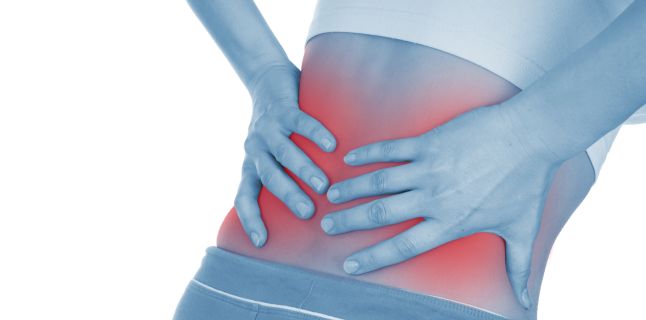Kidney stones - causes of occurrence, prevention and treatment

• severe pain in the back, lower abdomen or genital area, • intense burning sensation during urination, • haematuria, • blood in the urine, • nausea and vomiting. Kidney stones are formed when there is a change in the normal balance of water, salts and minerals in the urine. The variety of changes leads to different types of kidney stones. There are many factors that can trigger changes in urine, from chronic medical conditions to eating. If you drink too little water, you are very likely to have kidney stones. Diet also plays an important role.
A diet rich in proteins, sodium and oxalates increases the risk of kidney stones. Other risk factors include weight and certain medications. And it's a factor that you can control. Certain medical conditions may increase the risk of: high blood pressure, gout and urinary tract infections,. However, constant treatment or control of these conditions helps to prevent the formation of stones.
Renal calculi are rarely diagnosed before they get pain. Once at the doctor, the patient will be subjected to ultrasound, abdominal ultrasound, intravenous phograph and computed tomography to indicate the size and location of a kidney stones. • Conservative treatment that prescribes when kidney stones are small enough to be naturally removed during urination and the patient has the recommendation to drink as much water. Water helps to remove the stone. Outside the water and lemon juice is meant to stimulate the removal of small stones.
• Lithotripsy with extracorporeal shock wave. It is another method of treatment using ultrasonic or shock waves that are directed to the kidneys, breaking the stones into fine particles that will be easily removed. It is a method that is done with. • Percutaneous Nephrolithotomy, another method of treatment in which the surgeon makes a small lateral orifice, where he inserts a tool called nephroscope in order to break large stones. Intervention is also done with general anesthesia.
•. It is another type of treatment and it is the introduction of a tool called urethroscope through the bladder into the urethra and then into the ureter where the stone is blocked. This urethroscope introduces other tools that break the stone after it has been located. • If the methods described above do not result, choose the variant of the classic operation. Consumption of an optimal amount of water per day (8-10 glasses).
A correct diet made up of fibers, especially of whole grains, beans, cabbage, carrots. Avoid as much as possible pig, beef, but also high-oxalate foods including chocolate, instant coffee, tea. .
Source : sfatulmedicului.ro
Views : 3097
Popular Article
- (photo) Nude becomes art.
Posted: 2018-03-17, 9704 views.
- The harmful effects of air conditioning on the skin
Posted: 2017-06-08, 8392 views.
- 3 causes of dyed hair discoloration
Posted: 2017-06-15, 8265 views.
- Why early puberty occurs in girls: symptoms, favors, diagnosis and treatment
Posted: 2017-10-24, 8113 views.
- Good or bad skin treatments in the hot season
Posted: 2017-06-07, 7846 views.
Recommendations
- (photo) Nude becomes art.
Posted: 2018-03-17, 9704 views.
- The harmful effects of air conditioning on the skin
Posted: 2017-06-08, 8392 views.
- 3 causes of dyed hair discoloration
Posted: 2017-06-15, 8265 views.
- Good or bad skin treatments in the hot season
Posted: 2017-06-07, 7846 views.
- Risks of practicing sports on hot days
Posted: 2017-06-12, 7443 views.
 4 effective ingredients in the fight against acne.
4 effective ingredients in the fight against acne. How to get rid of hiccups fast
How to get rid of hiccups fast The wheat bran diet: the secret of lost pounds as if by magic
The wheat bran diet: the secret of lost pounds as if by magic The recipe that will sweeten your soul this weekend!
The recipe that will sweeten your soul this weekend!  Is it dangerous or not to refreeze meat after thawing it?
Is it dangerous or not to refreeze meat after thawing it?  The unusual sign of diabetes indicated by saliva.
The unusual sign of diabetes indicated by saliva. What to drink to boost your immune system.
What to drink to boost your immune system. 10 foods that help you never age.
10 foods that help you never age. What actually happens in your body if you drink a cup of coffee for breakfast
What actually happens in your body if you drink a cup of coffee for breakfast 5 surprising benefits of chia seeds
5 surprising benefits of chia seeds